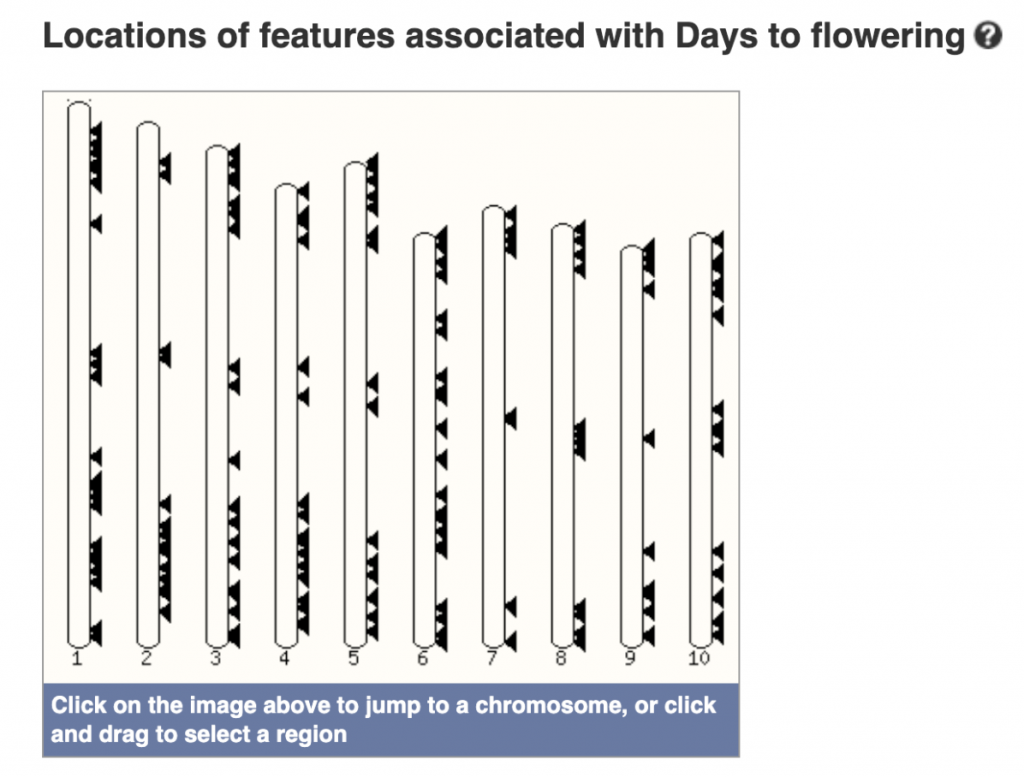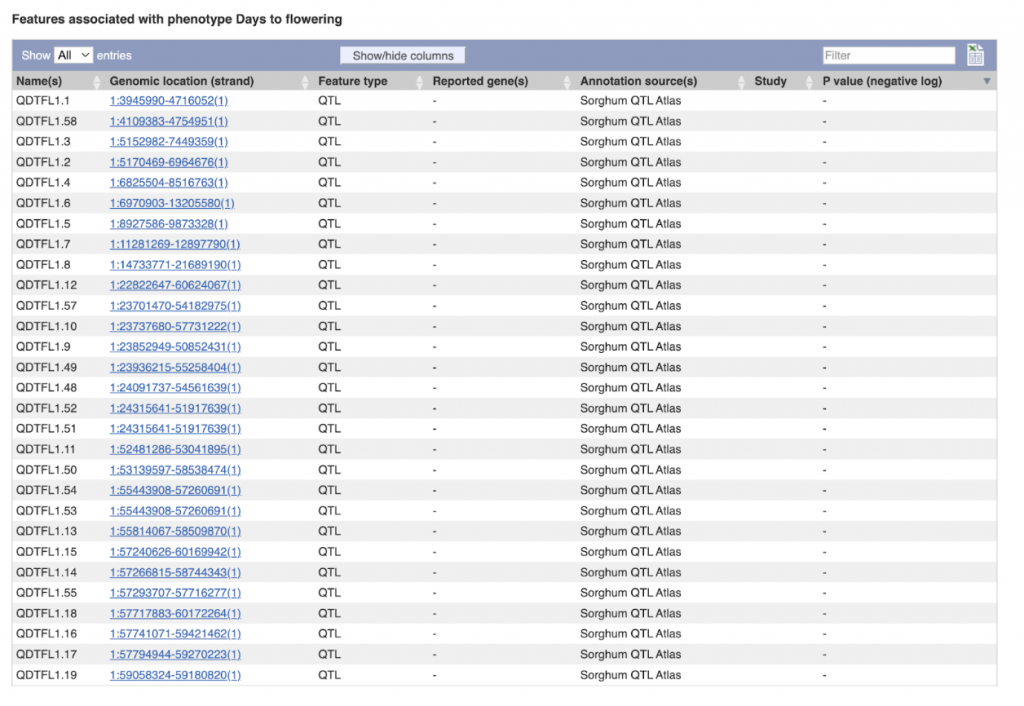Revolutionizing Hybrid Sorghum Breeding with Genomic Prediction and TFMSA for Early-Generation B-Lines
Commercial sorghum is grown as hybrids in the United States. The A1 cytoplasmic male sterility (CMS) system is used to produce hybrid seeds. Development of new seed parents (A/B-lines) in sorghum is more difficult and time consuming than the development of new R-lines, which have resulted in reduced diversity of these parent lines relative to the R-line germplasm. A significant issue is that effective testcrossing is very difficult until late in the development of the A/B-lines. Inducing temporal male sterility allows for early generation testing of B-lines in hybrid combinations. Trifluoromethanesulfonamide (TFMSA) effectively induces male sterility in B-lines (Hodnett and Rooney 2018) and can be used to produce hybrids for yield testing (Kyanam et al. 2021). Kent and colleagues from Texas A&M University, Southern Plains Agricultural Research Center, and the USDA-ARS studied the efficacy of genomic prediction of grain yield days (GY) and days to mid-anthesis (DY) with TFMSA produced testcross hybrids from two sorghum B-line RIL populations (BTx623/BTx642 and BTx623/BTx378). The researchers testcrossed 434 hybrids from these populations across five environments and evaluated three cross-validation (CV) schemes to assess the accuracy of genomic prediction in each location. The prediction accuracies of the cross-validation (CV) schemes showed no significant differences across various environments. Analysis revealed that merging the B-line populations could enhance prediction accuracies. Remarkably, the genomic prediction models effectively ranked the bottom 70% of hybrids, even when the genomic prediction accuracies were modest. These findings underscore the utility of integrating genomic prediction models and TFMSA technology in assisting breeders in forecasting B-line hybrid performance in initial generations, before the demanding process of creating A/B-line pairs.
SorghumBase Examples:




Reference:
Hodnett GL, Rooney WL. Male sterility induction of sorghum using chemical hybridizing agent TFMSA, trifluoromethanesulfonamide. Canadian Journal of Plant Science. 2018 Oct;98(5): 1102-1108. doi: 10.1139/cjps-2017-0327.
Kent MA, Fonseca JMO, Klein PE, Klein RR, Hayes CM, Rooney WL. Use of genomic prediction to screen sorghum B-lines in hybrid testcrosses. Plant Genome. 2023 Sep;16(3):e20369. PMID: 37455349. doi: 10.1002/tpg2.20369. Read more
Kyanam AN, Hodnett GL, Rooney WL. Analysis of effects of trifluoromethanesulfonamide in Sorghum inbred lines and their derived hybrids. Crop Science. 2021 Jun; 61: 3507–3515. doi.org/10.1002/csc2.20580.
Related Project Websites:
William Rooney’s page at Texas A&M: https://soilcrop.tamu.edu/people/rooney-william/

